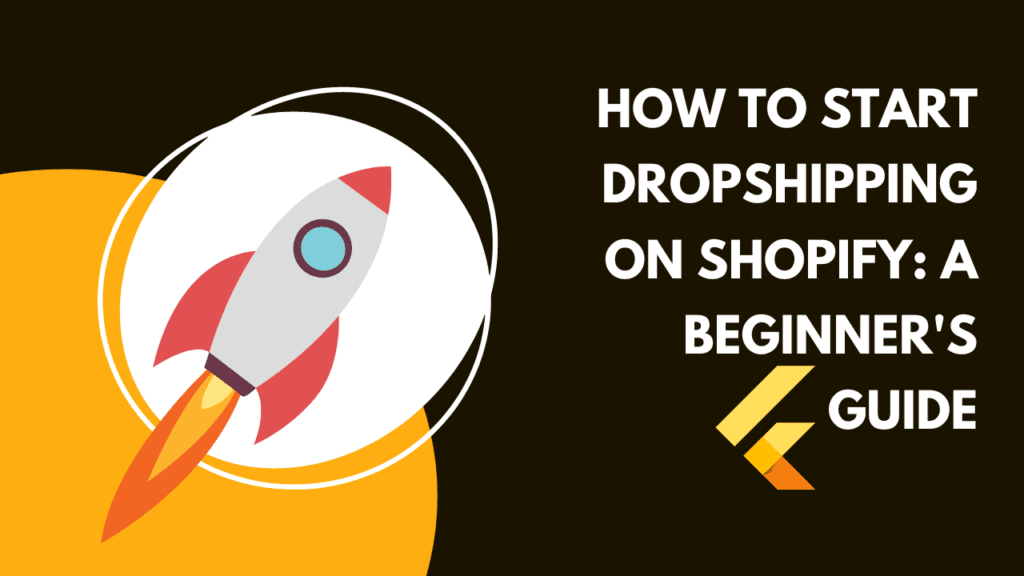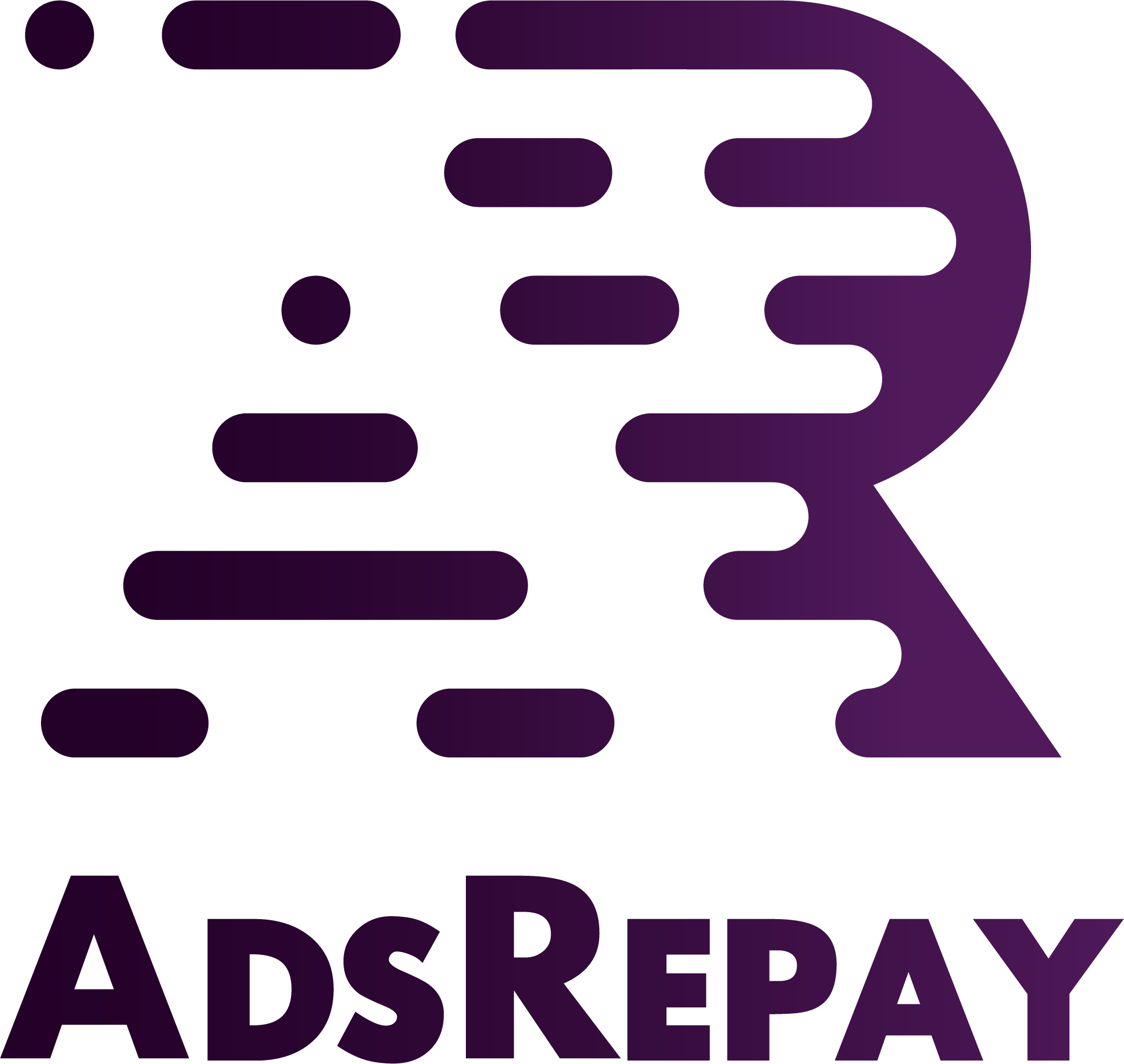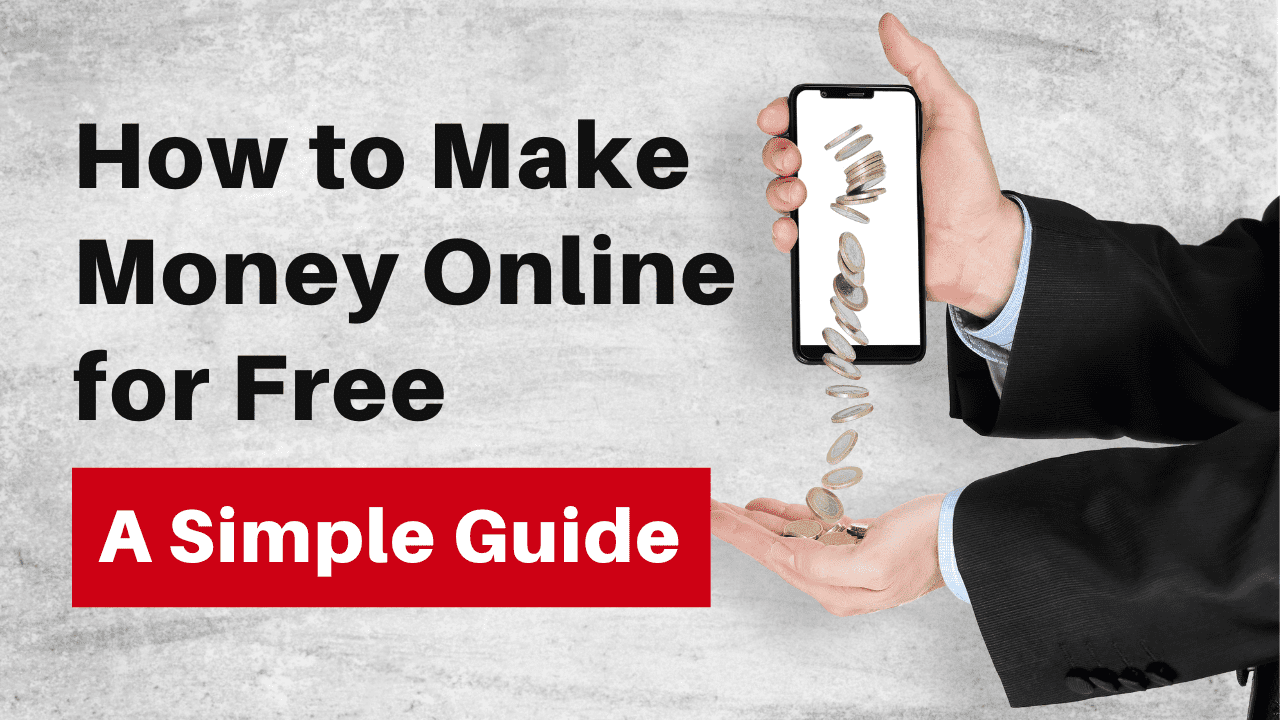
Introduction:
In today’s world, starting an online business is easier than ever, thanks to the rise of dropshipping. This innovative approach allows budding entrepreneurs to jump into e-commerce without the hassle of managing inventory. And when it comes to building your online store, Shopify shines as a user-friendly platform, perfect for beginners.
But let’s be real: diving into dropshipping can feel overwhelming. The thought of finding the right products, creating a website from scratch, and dealing with suppliers can leave anyone feeling stuck before they even begin.
That’s where we come in. In this guide, we’re going to demystify dropshipping on Shopify and walk you through each step in a simple, easy-to-follow way. But before we get into the nitty-gritty, let’s address some common worries and misconceptions that might be holding you back.
First things first: What is dropshipping? It’s a clever business model where you sell products without ever having to handle inventory. Instead, your suppliers take care of all the storage, packaging, and shipping directly to your customers. And with Shopify at your fingertips, creating and managing your online store becomes a breeze.
Sure, dropshipping sounds promising, but the idea of tackling it can be daunting. Finding those elusive “winning” products, building your Shopify website, and juggling supplier relationships can feel like a lot to handle. But fear not! With the right guidance and tools, you can conquer these challenges and set yourself up for success.
So, stick with us as we guide you through the essential steps of launching your Shopify dropshipping store. By the end, you’ll feel confident and ready to turn your entrepreneurial dreams into reality. Let’s get started.
Step 1: Build Your Store
Getting started with your dropshipping journey is all about setting up your online store, and luckily, there’s a tool that makes it super easy: the AI Store Builder. Here’s how to kick things off:
1. Meet the AI Store Builder: This nifty tool takes the headache out of creating your Shopify store by doing most of the work for you. From designing your website to adding products, it’s like having your virtual assistant.
2. Getting Started: To begin, simply click on the link provided in this guide. This will take you to the AI Store Builder page, where you can start the process of building your store.
3. Choose Your Niche: Before you dive in, take a moment to think about what niche you want your store to focus on. Whether it’s fashion, fitness, or something else entirely, picking a niche helps you target the right audience and increase your chances of success.
4. Setting Up Shopify: Once you’re in the AI Store Builder, follow the prompts to provide your info and select your niche. Then, it’s time to log into Shopify or create an account if you don’t have one yet. Start with the basic plan – it’s affordable and gives you all the essentials.
5. Transfer Ownership: After setting up your Shopify account, it’s important to transfer ownership of the store to your email address. This ensures you have full control over everything. Just follow the steps in Shopify’s settings to make the switch hassle-free.
With these steps done, you’ve laid the groundwork for your dropshipping venture. Your store is up and running, and you’re ready to take the next steps towards building your business. So, let’s keep the momentum going and move on to the next stage of your journey.
Step 2: Set Up AutoDS
Now that your Shopify store is up and running, it’s time to make your dropshipping journey even smoother with AutoDS. Here’s how to get started:
1. Understanding AutoDS: AutoDS is like having a supercharged assistant for your dropshipping business. It’s designed to take the stress out of managing your store by automating tasks like product management and order fulfillment.
2. Signing Up for a 30-Day Trial: Try AutoDS risk-free with a 30-day trial. Just click the link in the description to sign up. This trial period gives you plenty of time to explore AutoDS and see how it can boost your business.
3. Connecting AutoDS to Your Shopify Store: Once you’ve signed up for the trial, it’s easy to connect AutoDS to your Shopify store. Simply go to the settings in AutoDS, find “Store Settings,” and click “Add Store.” Choose Shopify as your platform, follow the prompts, and voila – your store is linked.
4. Exploring AutoDS Features: With AutoDS on board, you’ll unlock a treasure trove of features:
Product Management: Keep your product listings up to date with ease, from prices to descriptions and images.
Supplier Information: Get valuable insights into your suppliers, helping you make informed decisions about your product selection.
Auto Fulfillment: Set up automatic order fulfillment, so you can focus on growing your business while AutoDS takes care of the logistics.
By setting up AutoDS, you’ll streamline your dropshipping operations and free up valuable time to focus on what matters most growing your business. So, let’s dive in and start maximizing the potential of your Shopify store with AutoDS.
Step 3: Get Customers
With your Shopify store set up and AutoDS ready to streamline your operations, it’s time to focus on getting customers through the door. Here’s how:
1. Exploring Marketing Strategies: There are numerous ways to drive traffic to your Shopify store, from social media marketing to influencer partnerships. However, one of the most effective methods is through Google Shopping ads.
2. Google Shopping Ads: Google Shopping ads allow you to showcase your products directly within Google’s search results, making it easier for potential customers to find and purchase from your store.
3. Searching for Competing Products: Before diving into Google Shopping ads, it’s essential to research competing products in your niche. Simply head over to Google, type in the name of a product you’re selling, and click on the “Shopping” tab to see what other sellers are offering.
4. Setting Up Google Merchant Center: To run Google Shopping ads, you’ll need to create a Google Merchant Center account and link it to your Shopify store. This involves providing information about your business and verifying ownership of your website.
5. Creating Google Shopping Campaigns: Once your Google Merchant Center account is set up, it’s time to create and manage your Google Shopping campaigns. This involves selecting your target audience, setting your budget, and optimizing your product listings for maximum visibility.
By leveraging Google Shopping ads, you can reach a broader audience of potential customers and drive targeted traffic to your Shopify store. So, let’s dive into the world of Google Shopping and start attracting customers to your online storefront.
Step 4: Run Ads
Now that you’re ready to dive into advertising, let’s focus on setting up Google Shopping campaigns to drive traffic and sales to your Shopify store. Here’s a detailed guide to get you started:
1. Setting Up Google Shopping Campaigns: Begin by logging into your Google Ads account and navigating to the Campaigns tab. Click on the “+” button to create a new campaign and select “Shopping” as the campaign type.
2. Campaign Settings: In the campaign settings, you’ll define crucial parameters such as campaign name, bidding strategy, and daily budget. Choose a bidding strategy that aligns with your goals, whether it’s maximizing clicks or optimizing for conversions.
3. Budgeting: Determine your daily budget based on your advertising goals and financial resources. Start with a modest budget and monitor performance closely to adjust accordingly as you gain insights into campaign effectiveness.
4. Optimization Strategies: Optimize your Google Shopping campaigns by refining your product feed, selecting relevant keywords, and leveraging ad extensions. Ensure your product listings are accurate, compelling, and optimized for relevant search terms to maximize visibility and click-through rates.
5. Monitoring and Adjustment: Regularly monitor the performance of your Google Shopping campaigns using Google Ads’ reporting tools. Pay attention to key metrics such as click-through rate (CTR), conversion rate, and return on ad spend (ROAS). Adjust your campaigns based on performance insights to optimize for better results over time.
Conclusion:
Now, it’s time for action. As a beginner in dropshipping, seize the opportunity to implement these steps and leverage the provided tools and resources. Remember, success in Shopify dropshipping is within reach if you’re willing to take the first step.
By following the outlined steps and embracing the tools and resources at your disposal, you can confidently navigate the world of Shopify dropshipping. With dedication and perseverance, you’ll be well on your way to building a thriving online business.
So, don’t hesitate to embark on this exciting journey. Take action, believe in your abilities, and trust that success awaits. Here’s to your entrepreneurial success in Shopify dropshipping!
Video Credit:
- YouTuber Name: AMBER SHARNIECE
- Channel’s Name: [AMBER SHARNIECE]
- Video Title: HOW TO START DROPSHIPPING WITH NO MONEY USING AI (Step-by-Step Guide)
- Publishing Date: [March 15, 2024]
- Link to Video: Watch Here
- Link to Channel: AMBER SHARNIECE




